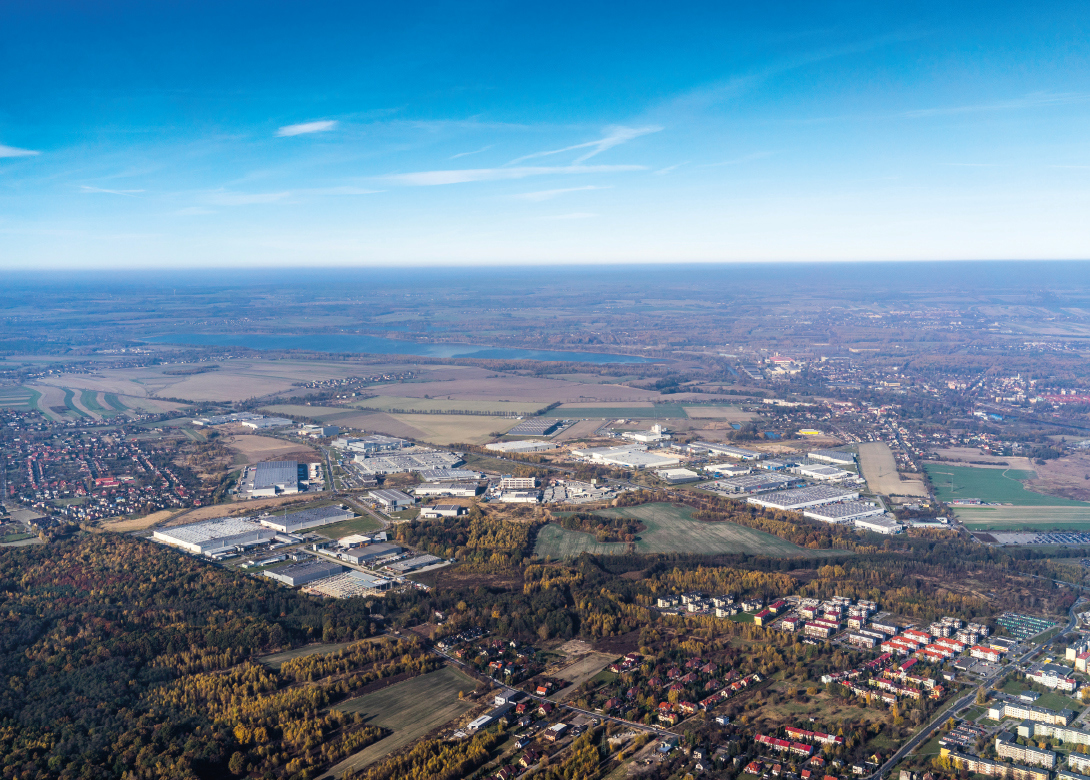
Increasing production costs and high investment requirements have led to a large number of investors from western Europe, the United States and the Far East, to consider building production plants in eastern European countries. Here Piotr Baczkowski, an expert in the fastener industry with over 20 years experience, looks at the opportunities for the fastener sector in Poland.
Poland is the fifth largest country in terms of fastening production in Europe, with several fastener companies already establishing facilities within the country and others planning to invest. Whilst this investment has predominately come from western European and North American businesses, there has recently also been an increase from companies in the Far East too.
There are multiple benefits of establishing operations in Poland including lower costs of land acquisition, reduced labour costs and, above all, providing a reliable supply chain to customers without the uncertainty of potential anti-dumping tariffs seen with Far East products.
Europe represents a very large market for fastening elements, and the introduction of high anti-dumping duties can have a significant impact on reducing exports to the area. By locating a fastening production plant in Poland it enables companies to avoid anti-dumping duties whilst benefiting from similar cost-effective advantages, such as:
+ A central location in Europe guaranteeing short and quick delivery times.
+ Relatively low labour costs – approximately 40% – 50% in relation to western European countries.
+ Close access to raw materials such as wire rod and relevant chemicals.
Economic Zones
Poland also benefits from Economic Zones that have been created within the country, which enables companies to acquire land at attractive prices, with the opportunity to build a plant that is practically unlimited in size and character of production.
An example is the Katowice Special Economic Zone (KSEZ) that has been established for 18 years – providing an excellent location and well developed infrastructure and transportation network. The majority of investment sites within KSEZ are concentrated in the south of Poland in the Silesian Voivodeship. However, the KSEZ also covers sites in Opole and lesser Poland voivodeships.
Due to the strong representation of investors and industrial investments, the Silesian Voivodeship has been regarded as the industrial centre of Poland. The reason for this is due to the investment from multiple industries including machine and electro-machine, IT, food, steel, construction, and of course automotive.
A big advantage the Polish Economic Zones offer, up to 2026, is that there are income tax deductions ranging from 25% to 45% – depending on the size of the company. Plus, within 10 years the investor is exempt from land tax. The tax reliefs granted are in compliance with the regulations in force in similar zones across EU countries.
Building in Poland
In 2016 I managed the process of building a plant from the purchase of the land to the start of production. Between March 2016 to December 2016 the plant was completely relocated to a new location. It was not an easy task to complete the facility within 10 months (the physical construction of the plant lasted 6 months). However, the key factors that contributed to the successful completion included:
+ Investor involvement.
+ The speed of carrying out the industry agreement process and obtaining building permits.
+ Helping local authorities in the construction process.
+ A good architectural office.
+ A reliable and well organised construction company.
Conclusion
All these factors are a great reason for establishing an operation in Poland, but any potential investor has to make a full assessment before any investment – considering the current history of cooperation with the European market, sales volume, types of production assortment, etc.
It is vital that investors take into account the entire production process from raw material to coating and packaging when establishing a factory. Only then will they ensure that they have full flexibility in creating an offer for a demanding European market. Investors must also anticipate constant increase in cost of work, energy and materials – as well as try to automate as much as possible in the production process.
About the author
After completing his studies at the Faculty of Technology and Organisation of Construction at the Silesian Technical University, Piotr Baczkowski created and managed Esmark Polska for a decade. In 2008, Piotr became president at pgb-Polska, where he organised and implemented the complete process of production of plastic fasteners. In 2016 he participated in creating and supervising the construction of a new production and storage facility for pgb-Polska.

Will joined Fastener + Fixing Magazine in 2007 and over the last 15 years has experienced every facet of the fastener sector - interviewing key figures within the industry and visiting leading companies and exhibitions around the globe.
Will manages the content strategy across all platforms and is the guardian for the high editorial standards that the Magazine is renowned.
Don't have an account? Sign Up
Signing up to Fastener + Fixing Magazine enables you to manage your account details.